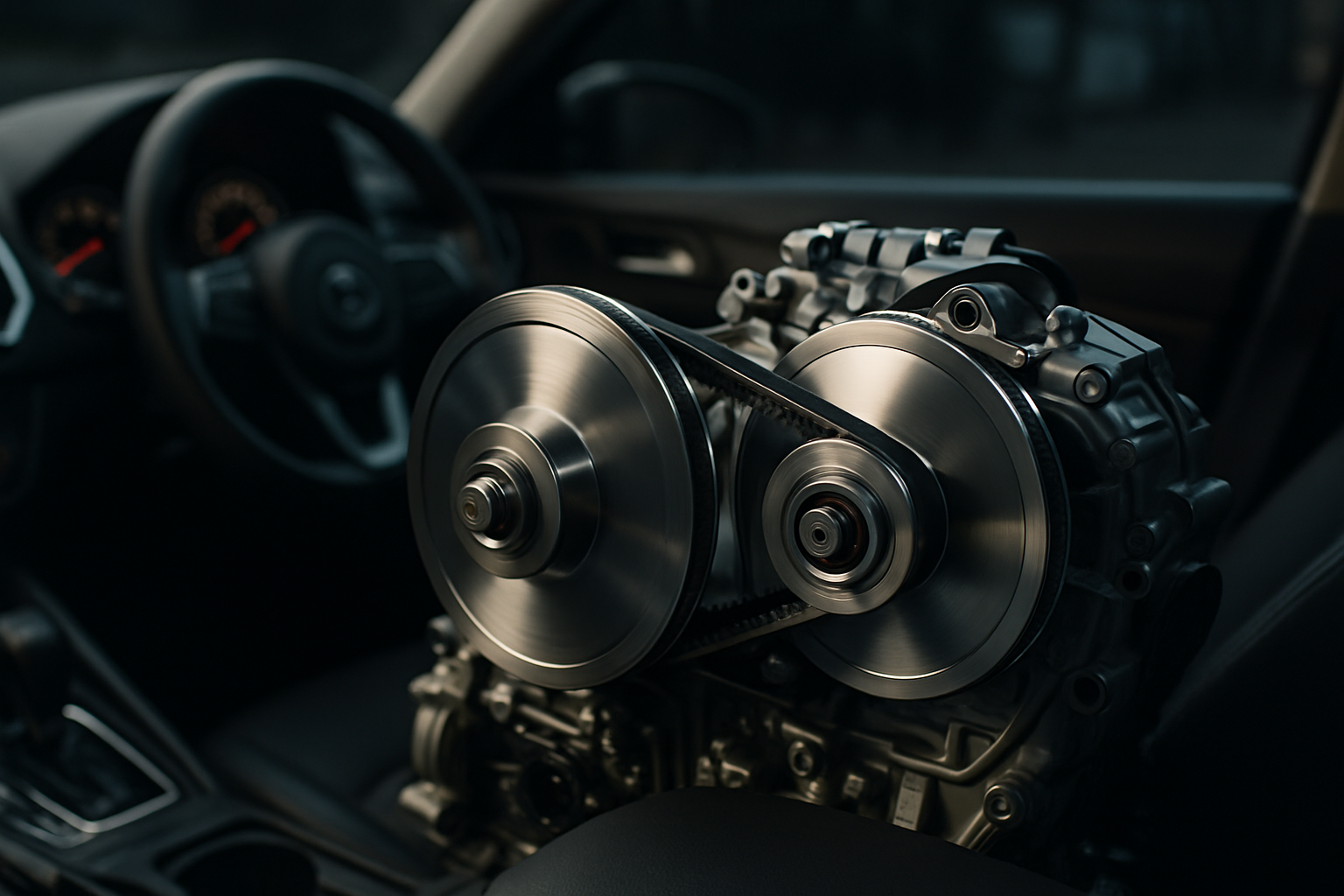Used Mercedes for Sale: A Practical Guide to Choosing, Inspecting, and Buying
Purchasing a pre-owned Mercedes-Benz represents a significant investment that requires careful consideration and thorough research. These luxury vehicles offer exceptional engineering, advanced technology, and prestigious brand recognition, but navigating the used car market demands knowledge of specific models, potential issues, and proper evaluation techniques. Understanding the complexities of Mercedes ownership, from maintenance costs to resale value, helps buyers make informed decisions that align with their budget and expectations.

Mercedes-Benz vehicles have long been synonymous with luxury, performance, and engineering excellence. When considering a pre-owned Mercedes, buyers enter a market filled with diverse models, varying conditions, and significant price ranges. The decision to purchase a used Mercedes requires understanding both the benefits and responsibilities that come with owning a premium German automobile.
Why Choose a Used Mercedes? Value, Reliability, and Model Differences
Used Mercedes vehicles offer substantial value compared to their new counterparts, with depreciation allowing buyers to access luxury features at reduced prices. The brand’s reputation for reliability stems from robust engineering and quality materials, though this varies significantly across model years and series. Different Mercedes models serve distinct purposes: the C-Class provides entry-level luxury, E-Class offers executive comfort, S-Class delivers flagship sophistication, and SUV models like the GLE combine utility with premium amenities. Understanding these distinctions helps buyers identify which model aligns with their needs and budget constraints.
Research Essentials: Selecting Models, Checking History, and Comparing Market Prices
Effective research begins with identifying suitable models based on intended use, budget limitations, and maintenance tolerance. Vehicle history reports from services like Carfax or AutoCheck reveal crucial information about accidents, flood damage, and ownership patterns. Market price comparison across multiple platforms helps establish fair value ranges, considering factors like mileage, condition, and geographic location. Popular models like the C300, E350, and GLS450 maintain stronger resale values, while older S-Class models may offer luxury features at lower prices but with higher maintenance requirements.
Pre-Purchase Inspection Checklist: Mechanical, Exterior, Interior, and Paperwork
A comprehensive inspection protects buyers from costly surprises and ensures the vehicle meets expectations. Mechanical evaluation should include engine performance, transmission operation, brake function, and suspension components. Exterior inspection involves checking paint quality, panel alignment, rust formation, and tire wear patterns that might indicate alignment issues. Interior assessment covers seat condition, electronic system functionality, and wear patterns consistent with reported mileage. Essential paperwork includes title verification, maintenance records, warranty information, and any outstanding recalls or service bulletins.
Common Issues and Maintenance Records to Verify
Mercedes vehicles are known for specific recurring issues that vary by model and year. Engine problems may include air mass sensor failures, intake manifold issues, or timing chain complications in certain models. Transmission concerns often involve valve body malfunctions or torque converter problems, particularly in older 7G-TRONIC units. Electronic systems, while advanced, can experience failures in modules controlling air suspension, navigation, or climate control. Suspension components, especially air suspension systems, require regular maintenance and eventual replacement. Verifying maintenance records helps identify whether these known issues have been addressed proactively.
Where to Buy, Negotiating Price, Financing Options, and Warranty Considerations
Purchasing venues include authorized Mercedes dealerships, independent luxury car dealers, and private sellers, each offering different advantages and risks. Dealerships typically provide certified pre-owned programs with warranties but at higher prices. Independent dealers may offer competitive pricing with limited warranties, while private sales often present the lowest prices but require more buyer diligence. Negotiation strategies should consider market research, vehicle condition, and any necessary repairs. Financing options range from manufacturer programs to bank loans and credit union offerings, with rates varying based on credit scores and loan terms.
| Purchase Source | Average Price Range | Warranty Coverage | Key Benefits |
|---|---|---|---|
| Mercedes Dealership | $25,000-$80,000+ | 1-2 years comprehensive | Certified inspection, financing options |
| Independent Dealer | $20,000-$70,000+ | 30-90 days limited | Competitive pricing, trade-in acceptance |
| Private Seller | $15,000-$65,000+ | None | Lowest prices, direct negotiation |
| Online Platforms | $18,000-$75,000+ | Varies by seller | Wide selection, price transparency |
Prices, rates, or cost estimates mentioned in this article are based on the latest available information but may change over time. Independent research is advised before making financial decisions.
Successful Mercedes purchasing requires patience, thorough research, and realistic expectations about ownership costs. While these vehicles offer exceptional luxury and performance, they demand proper maintenance and occasional expensive repairs. Buyers who understand these requirements and conduct proper due diligence often find used Mercedes ownership rewarding, combining prestige with practical transportation. The key lies in matching the right model to individual needs while ensuring the chosen vehicle has been properly maintained and fairly priced within current market conditions.




